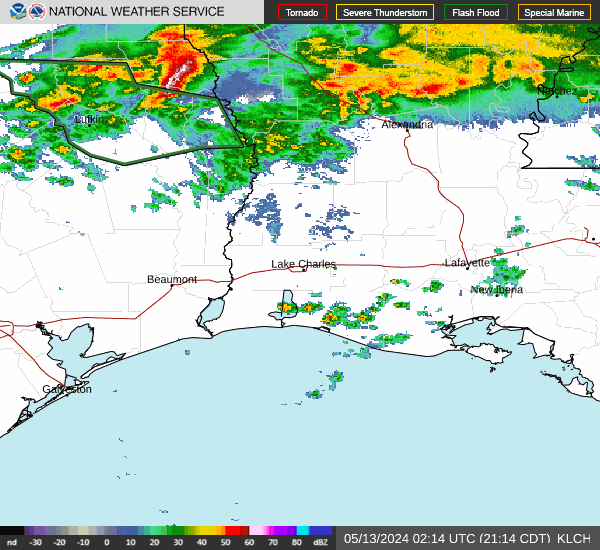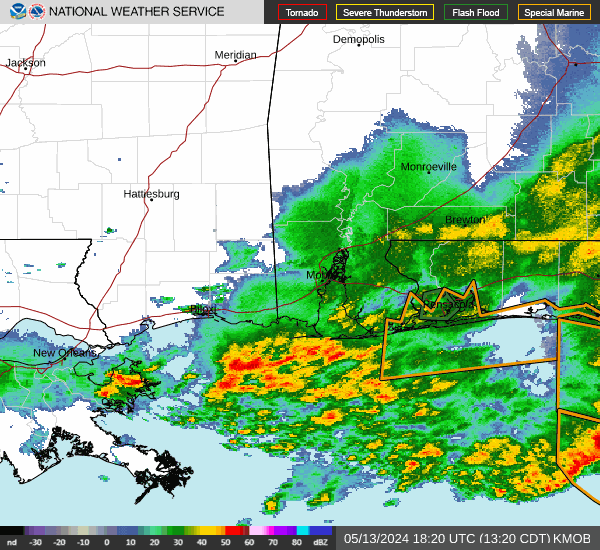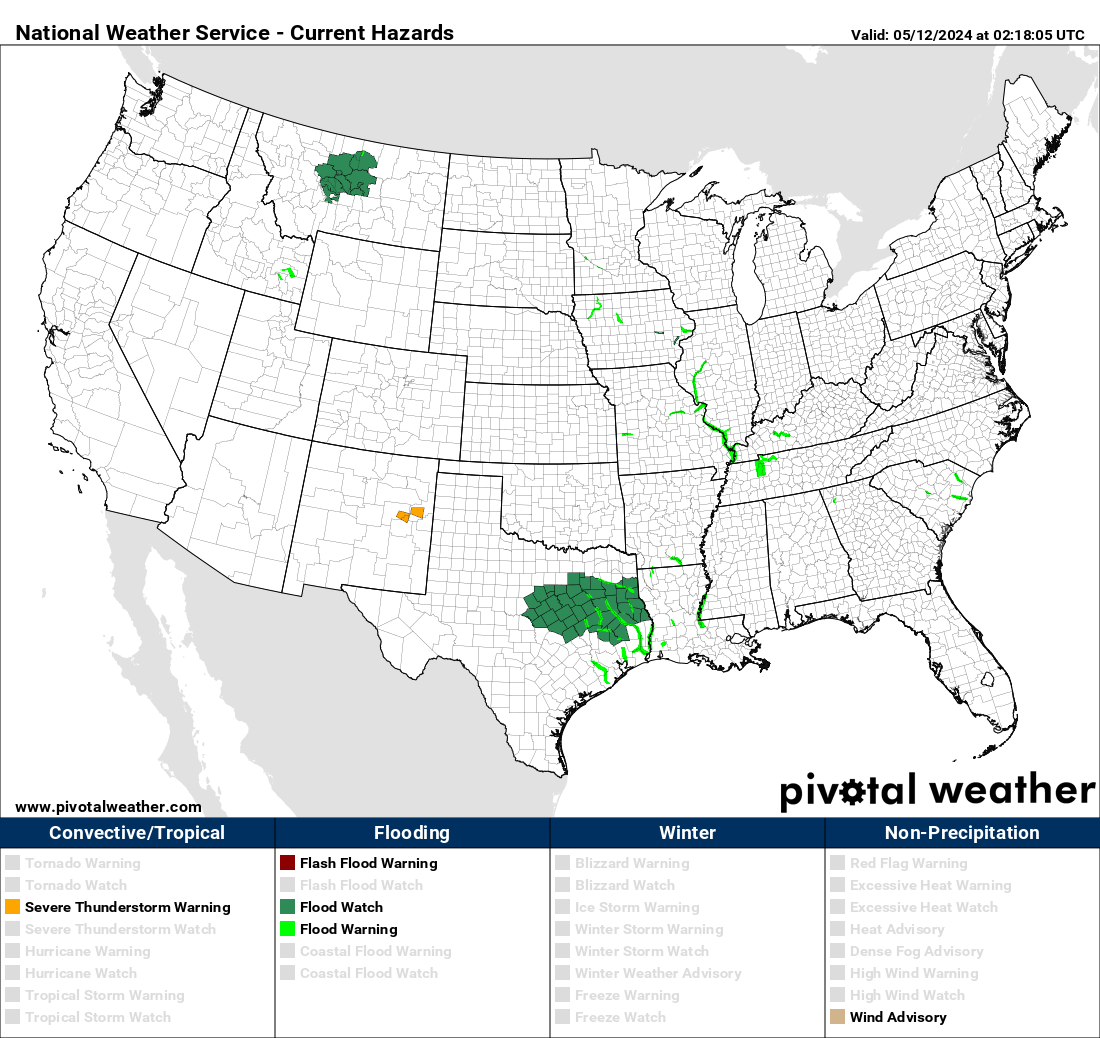Post by bobeaux on Aug 26, 2012 21:16:50 GMT -6
From Bryan Norcross' Facebook Page........................................
What a horrendous confluence of events. Tropical storms never get on people's radar, and the fact that Isaac passed Key West with less effect than a gusty afternoon thunderstorm made the situation worse. Even with a Cat 1 hurricane, will people take action tomorrow that may save their life Tuesday night?
Isaac's extremely large circulation is one of the factors that should make it intensify relatively slowly, and a track that misses the high heat-content pools in the Gulf should help in that direction as well. Plus it has less than two days over the water before landfall. But, the water ahead is still plenty warm - over 85 degrees - and the atmospheric pattern looks very favorable for strengthening. Taken together, the NHC's Cat. 2 forecast looks reasonable, though preparations should be made for a Cat. 3, given the lack of skill inherent in intensity forecasting.
In any case, that same large circulation will move a lot more water toward the co
ast than an average hurricane. The entire Hurricane Warning area - from Louisiana to the western Panhandle - is extremely vulnerable to storm surge flooding. The NHC is forecasting 6 to 12 feet of water ABOVE THE GROUND in spots along that stretch of coast.
Normally, the exact amount of surge will be dependent on the exact track and where in the tide cycle the storm comes in. In Isaac's case, however, there will be such a long duration of onshore winds, due to the storm's size and slow forward speed, the water may stay high for more than one tide cycle.
In fact, that size and slow forward speed will make this a hurricane experience like none in memory, if it comes together as forecast. The weather will deteriorate tomorrow (Monday) in the Florida Panhandle, and tomorrow night across the rest of the northern Gulf coast. Then Tuesday the storm approaches the coast and a whole day later it is just inland on the current timetable. Even Thursday there is still onshore wind over part of the coast.
People will experience strong, howling winds and torrential rain for 24 to 36 hours or more in this scenario. They will be trapped at home, many without power.
And then there's New Orleans. The storm as currently forecast should NOT exceed the capabilities of the new super-strong levees, but what if the storm comes in stronger? What a decision to have to make! Should they call an evacuation or not? In addition, there are populated areas outside of the levee-protection system.
Tomorrow (Monday) will be a day for big decisions from Louisiana to the Florida Panhandle. With life-threatening storm surge expected well away from the landfall point, widespread evacuation orders are likely.
And then there's the inland flood threat from the torrential rain.
Unless something unexpected happens, it's truly a nightmare scenario.
Continuing coverage, of course, on The Weather Channel.
What a horrendous confluence of events. Tropical storms never get on people's radar, and the fact that Isaac passed Key West with less effect than a gusty afternoon thunderstorm made the situation worse. Even with a Cat 1 hurricane, will people take action tomorrow that may save their life Tuesday night?
Isaac's extremely large circulation is one of the factors that should make it intensify relatively slowly, and a track that misses the high heat-content pools in the Gulf should help in that direction as well. Plus it has less than two days over the water before landfall. But, the water ahead is still plenty warm - over 85 degrees - and the atmospheric pattern looks very favorable for strengthening. Taken together, the NHC's Cat. 2 forecast looks reasonable, though preparations should be made for a Cat. 3, given the lack of skill inherent in intensity forecasting.
In any case, that same large circulation will move a lot more water toward the co
ast than an average hurricane. The entire Hurricane Warning area - from Louisiana to the western Panhandle - is extremely vulnerable to storm surge flooding. The NHC is forecasting 6 to 12 feet of water ABOVE THE GROUND in spots along that stretch of coast.
Normally, the exact amount of surge will be dependent on the exact track and where in the tide cycle the storm comes in. In Isaac's case, however, there will be such a long duration of onshore winds, due to the storm's size and slow forward speed, the water may stay high for more than one tide cycle.
In fact, that size and slow forward speed will make this a hurricane experience like none in memory, if it comes together as forecast. The weather will deteriorate tomorrow (Monday) in the Florida Panhandle, and tomorrow night across the rest of the northern Gulf coast. Then Tuesday the storm approaches the coast and a whole day later it is just inland on the current timetable. Even Thursday there is still onshore wind over part of the coast.
People will experience strong, howling winds and torrential rain for 24 to 36 hours or more in this scenario. They will be trapped at home, many without power.
And then there's New Orleans. The storm as currently forecast should NOT exceed the capabilities of the new super-strong levees, but what if the storm comes in stronger? What a decision to have to make! Should they call an evacuation or not? In addition, there are populated areas outside of the levee-protection system.
Tomorrow (Monday) will be a day for big decisions from Louisiana to the Florida Panhandle. With life-threatening storm surge expected well away from the landfall point, widespread evacuation orders are likely.
And then there's the inland flood threat from the torrential rain.
Unless something unexpected happens, it's truly a nightmare scenario.
Continuing coverage, of course, on The Weather Channel.

















